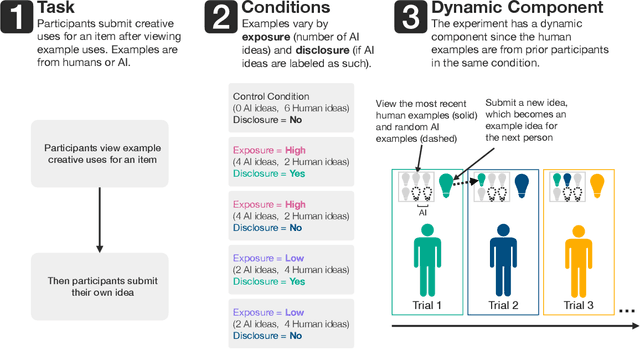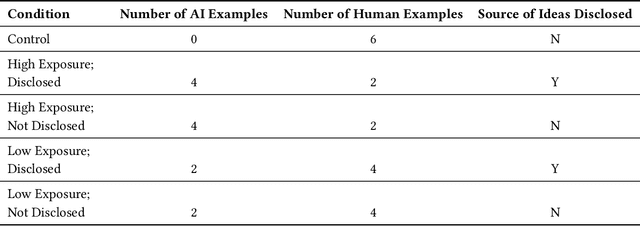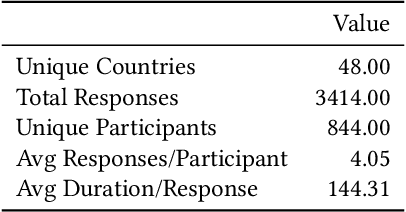Li Qiwei
Towards Bidirectional Human-AI Alignment: A Systematic Review for Clarifications, Framework, and Future Directions
Jun 17, 2024Abstract:Recent advancements in general-purpose AI have highlighted the importance of guiding AI systems towards the intended goals, ethical principles, and values of individuals and groups, a concept broadly recognized as alignment. However, the lack of clarified definitions and scopes of human-AI alignment poses a significant obstacle, hampering collaborative efforts across research domains to achieve this alignment. In particular, ML- and philosophy-oriented alignment research often views AI alignment as a static, unidirectional process (i.e., aiming to ensure that AI systems' objectives match humans) rather than an ongoing, mutual alignment problem [429]. This perspective largely neglects the long-term interaction and dynamic changes of alignment. To understand these gaps, we introduce a systematic review of over 400 papers published between 2019 and January 2024, spanning multiple domains such as Human-Computer Interaction (HCI), Natural Language Processing (NLP), Machine Learning (ML), and others. We characterize, define and scope human-AI alignment. From this, we present a conceptual framework of "Bidirectional Human-AI Alignment" to organize the literature from a human-centered perspective. This framework encompasses both 1) conventional studies of aligning AI to humans that ensures AI produces the intended outcomes determined by humans, and 2) a proposed concept of aligning humans to AI, which aims to help individuals and society adjust to AI advancements both cognitively and behaviorally. Additionally, we articulate the key findings derived from literature analysis, including discussions about human values, interaction techniques, and evaluations. To pave the way for future studies, we envision three key challenges for future directions and propose examples of potential future solutions.
How AI Ideas Affect the Creativity, Diversity, and Evolution of Human Ideas: Evidence From a Large, Dynamic Experiment
Jan 24, 2024



Abstract:Exposure to large language model output is rapidly increasing. How will seeing AI-generated ideas affect human ideas? We conducted an experiment (800+ participants, 40+ countries) where participants viewed creative ideas that were from ChatGPT or prior experimental participants and then brainstormed their own idea. We varied the number of AI-generated examples (none, low, or high exposure) and if the examples were labeled as 'AI' (disclosure). Our dynamic experiment design -- ideas from prior participants in an experimental condition are used as stimuli for future participants in the same experimental condition -- mimics the interdependent process of cultural creation: creative ideas are built upon prior ideas. Hence, we capture the compounding effects of having LLMs 'in the culture loop'. We find that high AI exposure (but not low AI exposure) did not affect the creativity of individual ideas but did increase the average amount and rate of change of collective idea diversity. AI made ideas different, not better. There were no main effects of disclosure. We also found that self-reported creative people were less influenced by knowing an idea was from AI, and that participants were more likely to knowingly adopt AI ideas when the task was difficult. Our findings suggest that introducing AI ideas into society may increase collective diversity but not individual creativity.
 Add to Chrome
Add to Chrome Add to Firefox
Add to Firefox Add to Edge
Add to Edge